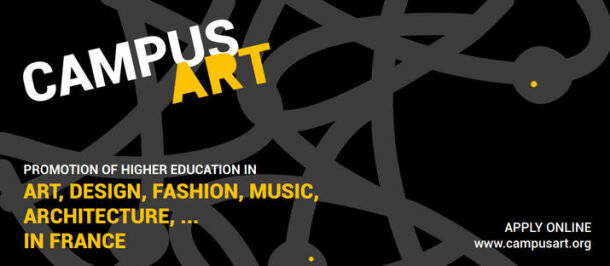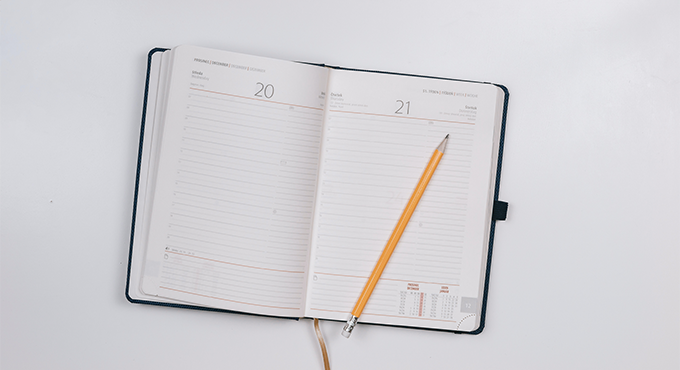 News
News
14 July and symbols of France
Bastille Day on 14 July is an opportunity for French people, wherever they may be in the world, to celebrate the symbols and values of the Republic.
Liberty – Equality – Fraternity
Say to any French person “Liberté, Egalité…”, and they will instantly complete the motto. Give it a try!
Popularized by the French Revolution (1789), the notions of liberty, equality and fraternity in fact date back to the philosophers of the Enlightenment, who from the end of the 17th and throughout the 18th century, brought together and popularized the concepts of freedom and equality. The French Revolution added the notion of fraternity and the merging of the three notions as a triptych.
From 1793, Parisians painted on the front of their houses the inscription “Unity, indivisibility of the Republic: liberty, equality or death”. The final part of the motto, which was too closely associated with the Reign of Terror period, was not maintained.
Forgotten under the First Empire, the revolutionary motto reappeared during the 1848 Revolution which enshrined it in the constitution of the Second Republic.
The Republican motto was finally definitively adopted under the Third Republic and was inscribed on the pediment of public buildings as of 14 July 1880.
Since then, the Liberty-Equality-Fraternity triptych has been enshrined in the Constitution and is part of the national heritage of all French people.
The tricolour flag, a national emblem
The tricolour flag came about during the French Revolution by combining the colour of the king (white) with those of Paris (blue and red). It is said that before it was a flag, the tricolour was a cockade which La Fayette presented to Louis XVI, but the exact background remains unknown.
The tricolour only took on its definitive form in 1794 when the national convention decreed that the flag “will comprise three national colours, in vertical strips, with blue attached to the mast of the ship, white in the middle and red floating in the air ”.
Since 1958, it has been defined in Article 2 of the Constitution of the French Republic, which stipulates that “The national emblem shall be the blue, white and red tricolour flag.”
The military parade, an illustration of the link between the army and the people

- 14 juillet 2021
- Défilé militaire du 14 juillet 2021 sur l’avenue des Champs-Élysées à ParisJudith LITVINE | MEAE
Since 1880 (when 14 July was set as the French national holiday) each national holiday has been celebrated with a major military parade on the Champs-Élysées in Paris.
It is organized so that the day can be a celebration which unites all French people and demonstrates the unbreakable link between the French people and their army.
The parade takes place in the presence of the President of the French Republic, the Prime Minister, members of the government, the Presidents of the Senate and National Assembly, foreign ambassadors in France and sometimes foreign Heads of State.
All sit in the VIP stand at the end of the Champs-Élysées, on Place de la Concorde. After a flypast by the Patrouille de France, various army corps march down the famous avenue in turn, saluting the Head of State and representatives from the executive and legislative branches of government.








Comments
You must be logged in to leave a comment. Log in